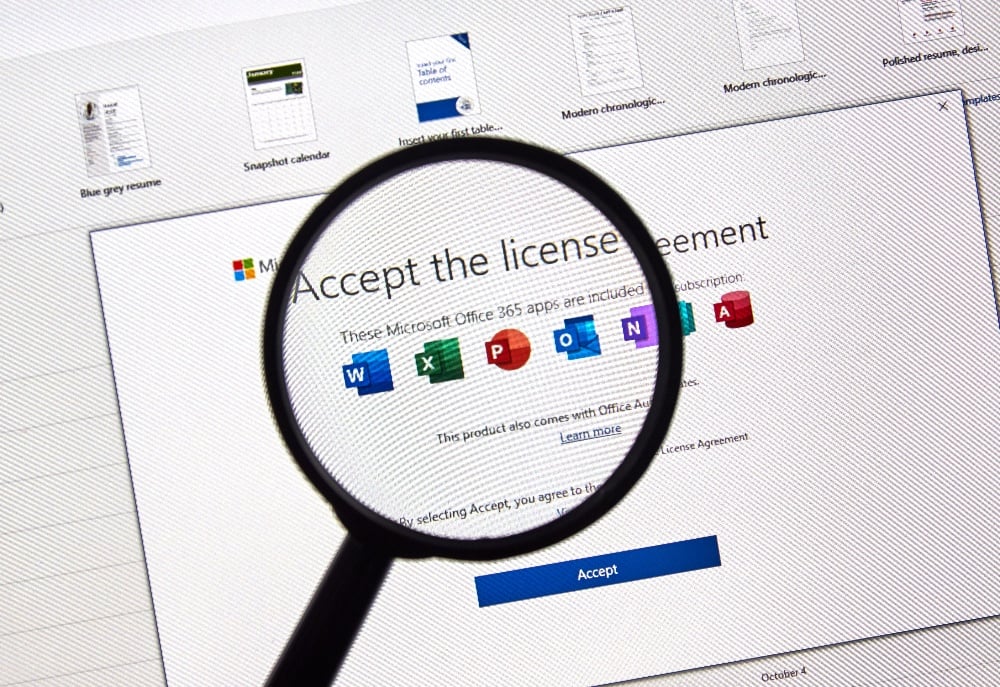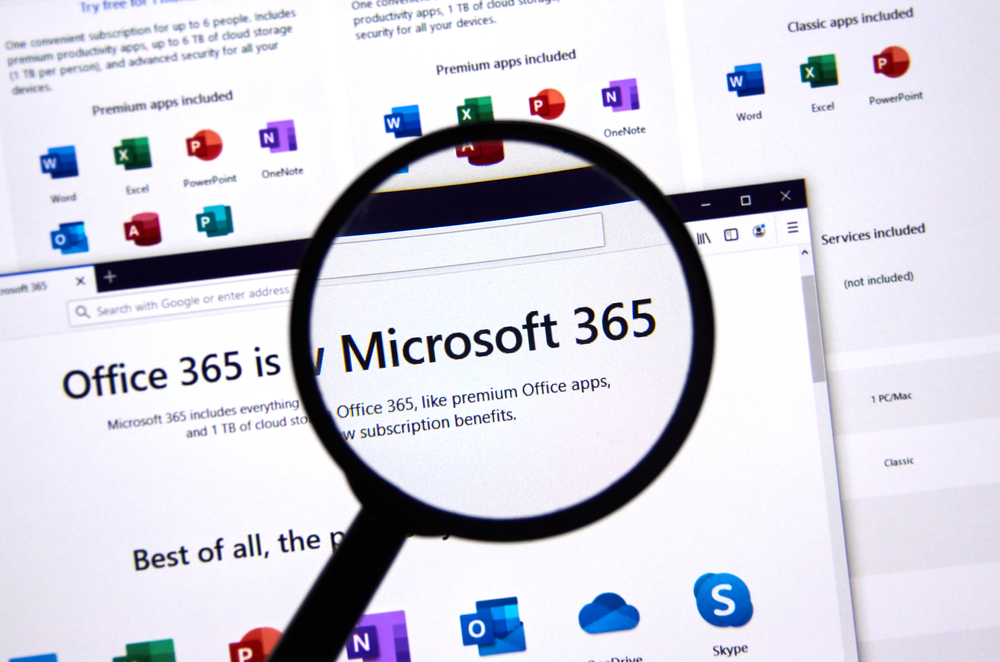Microsoft’s New Commerce Experience Promotions Offsetting Monthly Premiums Set to Expire June 30
Have you worked with your partner to transition from legacy CSP to the New Commerce Experience yet? If you missed 5% promotional discount to...
6 min read
cloudservuscom May 23, 2023 9:18:38 AM

In today’s digital landscape, Microsoft products have become an important part of businesses around the world. Office 365, for example, is leveraged by over 1 million companies worldwide, with around 146,000 in the U.S. alone. Also, nearly 56% of businesses worldwide rely on Microsoft Azure for cloud services.
But as organizations grow and expand their digital footprint, they often face the challenge of managing the costs associated with Microsoft licensing.
Microsoft licensing can be complex, with various options, plans, and models to navigate. As a result, organizations may need help to strike the right balance between meeting their unique software needs and controlling expenditures.
Saving costs on Microsoft licensing is more than finding the cheapest options available - it’s about making well-informed decisions, aligning your licensing strategy with organizational goals, and optimizing software usage.
Whether you’re a small business looking to scale up efficiently, or a large enterprise seeking to streamline licensing across multiple departments. Explore a range of effective practices and strategies to enhance the value of your Microsoft investments while reducing licensing expenses.
Within the scope of organizational IT budgets, one challenge looms tall: the intricate landscape of Microsoft licensing. It can be a formidable hurdle, even for the most seasoned IT professionals.
Microsoft licensing is usually one of the most expensive line items in an organization’s IT budgets due to:
As you can see, it’s easy to get lost in the complexity of Microsoft licensing. But with these tips, you can transform your licensing approach and minimize the likelihood of wasted resources.
Optimize user profiles
By optimizing user profiles, organizations can ensure that the proper Microsoft licenses are in place per user. This involves analyzing and adjusting user licensing configurations to match software usage and business needs, eliminating unnecessary expenses associated with over-licensing or under-licensing. Profiling users also usually results in more cost savings than negotiating prices.
Deduplicate licenses
Deduplicating licenses help eliminate redundancies, ensuring that organizations aren’t paying for the same licenses multiple times. For example, a Office 365 subscription might be unintentionally repurchased because of a lack of internal communication, insufficient license monitoring, or renewal overlap.
Harvest unused licenses
By regularly assessing and reclaiming unused licenses that aren’t being leveraged effectively, organizations can streamline license management and improve license allocation to reduce expenses. This can also enable businesses to better plan for future licensing requirements.
Assign licenses using group-based licensing
Group-based licensing involves assigning licenses to users based on their group membership within Azure Active Directory (AAD). It also allows administrators to define groups, like departments, and allot specific licenses to those groups. Users who become members of a particular group automatically inherit the assigned licenses.
In order to take advantage of group-based licensing however, you need to have the requisite licenses for every user, including a subscription Azure AD Premium Plan 1 or Plan 2, or Microsoft 365 Business Premium, Office 365 E3, or higher plan. Furthermore, you need to have the correct amount of licenses for the number of users per group, like 500 licenses for 500 unique group members.
This approach can greatly simplify license management and provides flexibility and scalability because users can easily be added or removed from groups to adjust license assignments - which is particularly useful in dynamic environments where user roles and license requirements frequently change.
Ensure your organization is in the right licensing program
Many organizations are switching from Microsoft Enterprise Agreement (EA) to Microsoft New Commerce Experience (NCE) because of how increasingly difficult it’s becoming to negotiate EA discounts, among other reasons.
NCE enables companies to purchase and renew their licenses through a Microsoft Cloud Solution Provider (CSP), which opens up numerous benefits: access to improved pricing, value-added services like Licensing Assessments, and the ability to obtain the best possible Office 365 subscriptions within the right NCE term.
Unfortunately, there’s no magic button for determining which Microsoft subscription best matches your organization’s needs and objectives.
But the right expertise can shed light on different licensing models, avoid potential roadblocks, and help you make educated decisions to effectively optimize your licensing and unlock substantial cost savings.
Our goal at CloudServus is to simplify licensing options, familiarize ourselves with your business, and ultimately customize a licensing strategy for you. As a triple Gold Microsoft partner and industry-leading Cloud Solution Provider (CSP), our team is highly experienced in working with organizations across all industries to achieve the ideal balance between functionality and cost-effectiveness through a personalized Microsoft licensing strategy.
For example, Our Microsoft Licensing Assessment is a popular service that:
Our team is also experienced in helping organizations review their Office 365 reports and Microsoft License Statements (MLS), transforming intricate data into straightforward information. We frequently hear from our clients how challenging this process is and understand how frustrating it can be to make sense of this data. That’s why organizations entrust us to untangle the clutter.
We offer a no-pressure complimentary consultation with our licensing experts so we can discover exactly how we can best empower you to take control of your licensing.
Contact us at CloudServus to start optimizing the licensing across your Microsoft ecosystem and enjoy greater cost savings.

Have you worked with your partner to transition from legacy CSP to the New Commerce Experience yet? If you missed 5% promotional discount to...

In the ever-evolving world of digital information, the need for effective and secure data management tools has never been more crucial. Amidst the...

Microsoft Has Recently Announced Some Major Changes Microsoft licensing is complex and it’s often difficult to remain up to date on the constant...